| For the photo's, see below |
| Home / the complete website |
| Item | Info |
|---|---|
| Length | 15,5 km |
| Cross-section | 0,5 m x 0,5 m |
| Volume | 2.000 m3 ? |
| Gradient | 0,47% (0,3 - 6,4 %) |
| Period | uncertain |
| Features |
|
| Recommended literature : | T.N. Dimitriou (2018): The Roman aqueduct of Samos (in: G.A. Aristodemou (ed): Great waterworks in Roman Greece (2018) pag 131 - 146) |
| Recommended website : | none |
| How to visit : | see above |
| Waypoint | Location | Latitude | Longitude |
|---|---|---|---|
| S13-014 | Roman aqueduct bridge | 26.919276 | 37.70027 |
| S14-012 | unknown manhole / reservoir on the W-slope of Mt Kastro |
26.920583 | 37.696835 |
| S15-017 | Roman aqueduct near S-entrance Eupalinos |
26.930503 | 37.69402 |
| S16-011 | Roman aqueduct E of S15-017 | 26.927173 | 37.69399 |
| S17-016 | Ancient cistern plus Roman aqueduct |
26.939728 | 37.693427 |
| S18-006 | Between ancient cisterne and modern school |
26.937933 | 37.693382 |
| S19-020 | Modern school; end of the Roman aqueduct? Chesios valley |
26.941494 | 37.693328 |
| S20-003 | Annex to the New Archaeological Museum; ancient pipelines |
26.941336 | 37.691708 |
| S21-004 | Roman bath W of ancient Samos / Pythagorion |
26.93214 | 37.690596 |
| HOME | More literature on more aqueducts | Last modified: April, 2018 - Wilke D. Schram (W.D.Schram@romanaquaducts.info) |
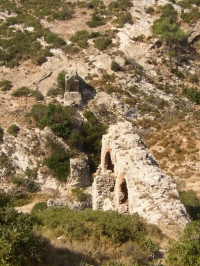
Roman aqueduct bridge |
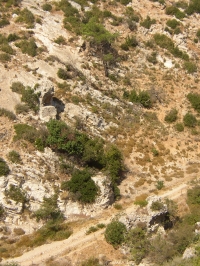
West part |
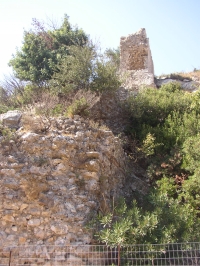
abutment and foot |
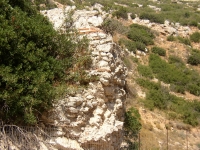
Brick layers |
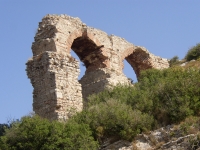
View from the south |
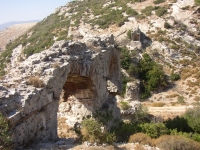
View from the north |
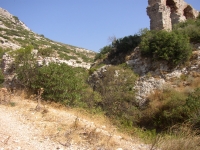
Missing pier(s) |
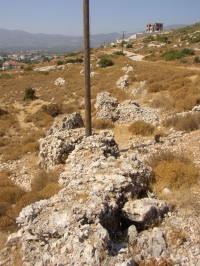
Roman substructure |
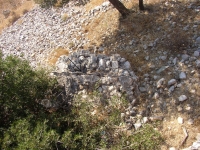
Opus Signinum? |
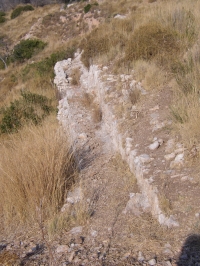
Close to the S entrance |
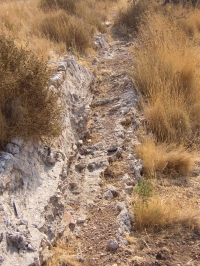
Channel in poor condition |
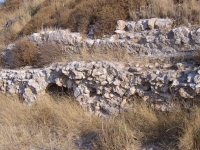
Two arches |
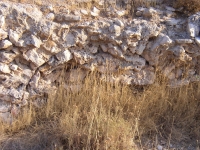
One arch blocked |
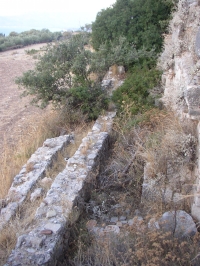
Channel near the cistern |
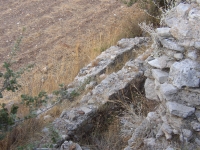
Close up |
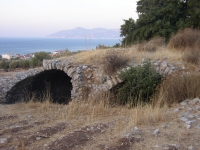
Cistern with double chamber |
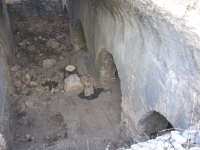
Inside the cistern |
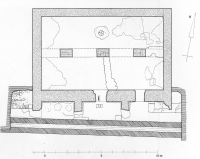
Floor plan of the cistern |
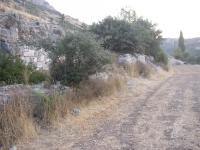
Continuation |
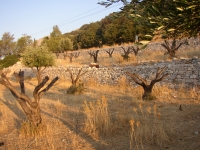
In an olive yard |
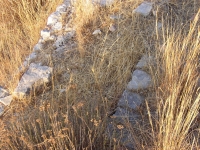
Remains of the channel |
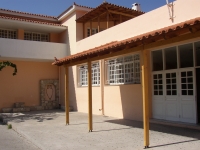
At the school yard |
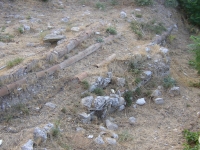
Terracotta pipes |
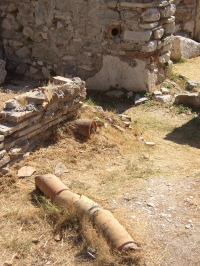
Roman bathhouse |